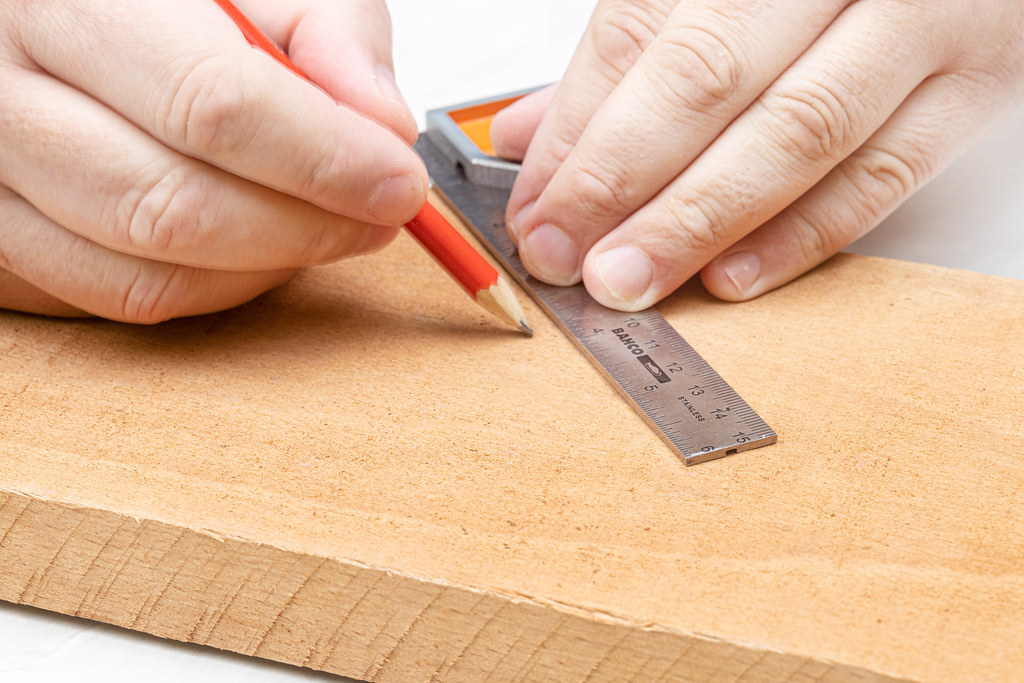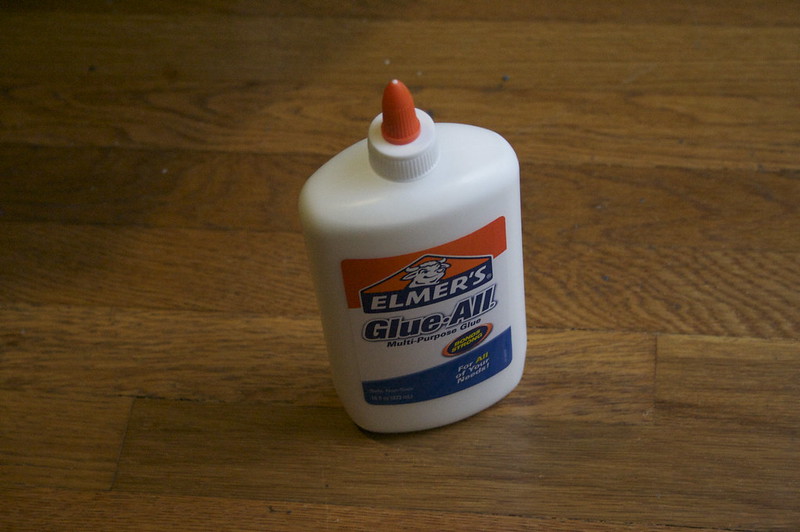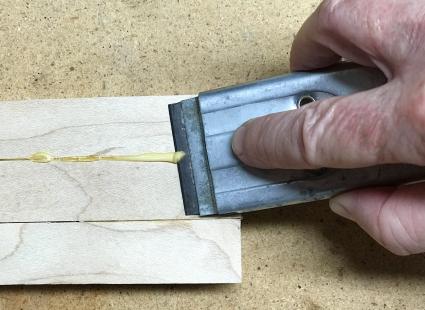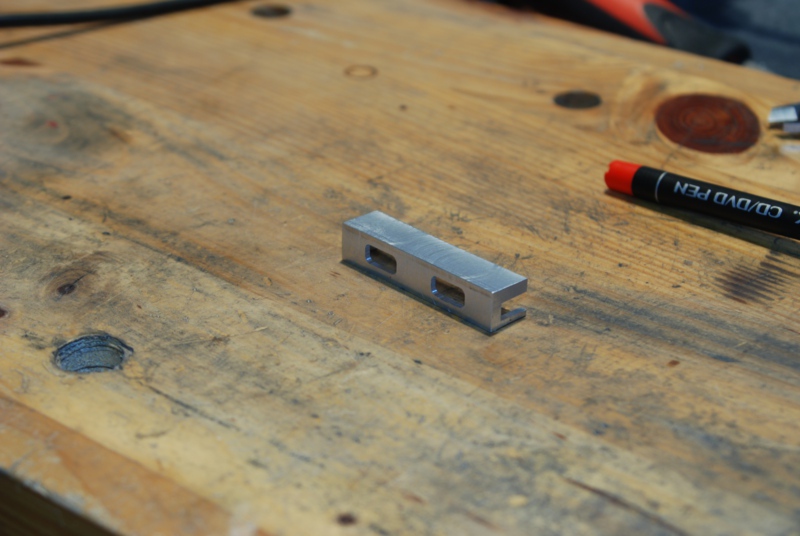How to join two boards lengthwise? You may have known already that there is more than one method available to finish the job. You may find it exhausting to learn the entire methods; hence, it would be best if you at least familiarize the most common one.
Obviously, you know that you should have the right materials to make sure that you can actualize your project effectively. Also, your skills should be big enough to make sure that your intended project would result in how you intend it. To help you join your two boards lengthwise, this article would tackle the steps and materials needed.
What You Will Need to Follow this Tutorial?
To finish an effective wood glue edge joint, there are several things that you need to secure:
White or yellow wood glue
The choice of glue is important as you want to make sure that the two boards are firmly attached. You should understand that different kinds of wood would need unique kinds of wood glue.
The most common wood glue is polyvinyl acetate. It is an odorless and colorless material applied as adhesives. White glue, yellow glue, and simply a bottle of wood glue are mostly PVA glue. There are also certain unique formulations of the PVA glue and that is Titebond III. Titebond III is waterproof.
Clamps
You will also need clamps when joining the two boards. To run in through, clamps are useful whenever you are gluing or if you want to join two boards. Considering that you only have two hands that could hold the pieces of stuff, you would need clamps to carry out the work. They could liberate you so you can get the job done. There is nothing to worry about the prices of clamps since they are very affordable given the big assistance they can offer.
Wood chisel
Wood chisel will shred uneven surfaces, cut out corners, and scratch off the glue. It is a fundamental tool when joining two boards lengthwise. You may think that it wouldn’t be necessary, but when it comes to carving out corners, nothing could ever beat a sharp wood chisel.
The wood chisel is an important hand tool for nearly any kind of woodworking. It can be built from forged steel, vanadium steel, vanadium extra steel, molybdenum steel, carbon steel, or HCS. There are also various types of chisel so you have to choose the one that is appropriate to your application.
Step-by-Step Instructions
How to join two boards lengthwise? There are actually several methods available when joining two boards lengthwise. However, the most accessible method is utilizing wood glue. The nitty-gritty part is that it needs you to run a firm dab of wood glue down through the length of the board before joining and connecting it with the other.
After removing the mess brought by the excess glue, the wood glue method can make a smooth bond that attains the coveted effect. Nevertheless, if you intend to create a tabletop while utilizing this method, you must familiarize the step-by-step instructions discussed below:
1. Line up the Boards and Mark Them

The first thing to do is to put down your chosen boards on a smooth workspace. Line them up as opted to effectively match their shades and wood grains. After finding the alignment of the board satisfactory, use chalk to mark a broad “U” shape across the lined up boards. The “U” shape has to be drawn with its opening directed downwards and with outward curving slants cruising down between every board. The marks are important as they create an easier alignment of the board after enforcing the wood glue.
2. Apply the Wood Glue

Position the bottom-most board upward through its lengthy end in such a way that the edge you plan to glue is directed up. After then, continuously apply a dab of wood glue down the whole length of this border. This bead must follow a width of 3/16 inches at most to avoid excess from dribbling out. Bear in mind that excess glue can be more difficult to finish afterward.
3. Drift Together and Secure

Tracing the chalk guides, drift the wood boards together. The moment the boards are lined up properly, exert pressure by utilizing your clamps. This makes sure that your glue is deployed and settles smoothly throughout the whole joint. Allow 20 minutes to pass before you proceed to the last step.
4. Get Rid of the Excess Glue

Image Source: https://cleaning.lovetoknow.com/cleaning-tips/how-remove-glue-from-wood
As you joined your boards together, you may see some glue dribbling out. This should be fine provided that you get rid of them before they get dried. It may take around 20 minutes or more to settle. Hence, the moment the excess glue is hardened but still supple, deflect it through a wood chisel. This makes sure that the glued joint is nearly unseen and as clean as can be.
Conclusion
How to join two boards lengthwise? As you can see, using wood glue to join two boards lengthwise is an effective method as long as you carefully follow the steps stated above. The good thing about it is that it does demand technical skills to do it.
So, would want to try the steps above? Go ahead and gather the materials. These steps can help you improve your next project, as long as you will put into consideration both its advantages and drawbacks. Remember to practice every kind of edge joint on a certain scrap wood too. After all, anything can be made through constant practice. Thus, you can create flat and smooth edge joints.
